A good vacuum cleaner can trap most dust particles, allergens, bugs, and bacteria down to 0.3 microns in size, but numerous studies have found that most vacuum cleaners simply release dust and other nasties back into the air. In other words, your vacuum cleaner may be wreaking havoc on your home’s air quality and you not even know it.
Contents
Vacuum Cleaners & Indoor Air Pollution
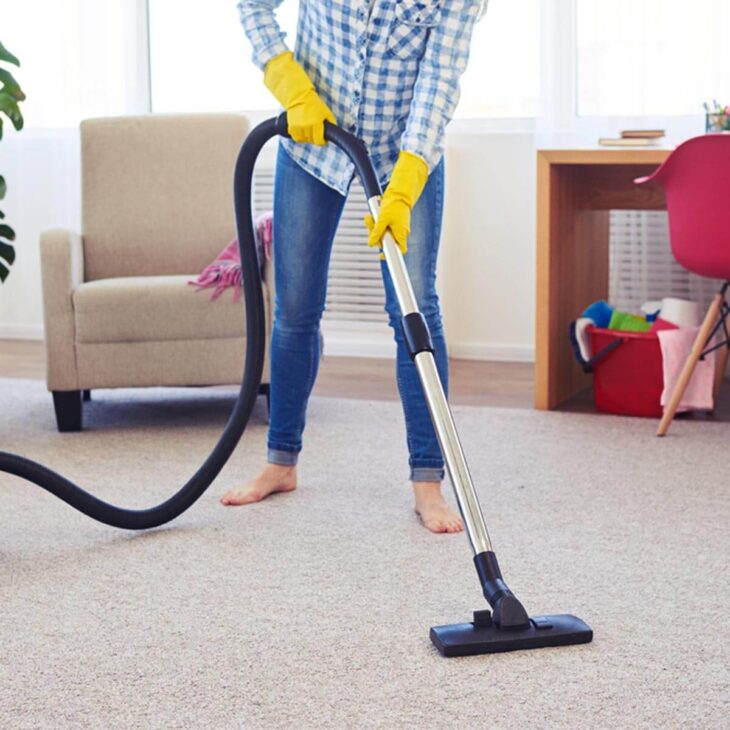
Source: fox
Indoor air pollution has been a growing problem for Western world households for decades. From the various toxic chemicals in paints and coatings to toxic fumes emitted by plastics and mattresses, along with the harmful chemicals in tobacco smoke if you live in a home with smokers, there’s a laundry list of disease-causing particles that linger in your home’s air for years. It is no wonder than the indoor air quality is often worse than outdoor air quality and by not a negligible amount.
And to top it all, your vacuum cleaner might contribute as well to indoor air pollution in ways you’re not even aware of. Nearly a decade ago, a team of Australian researchers found that most older vacuum cleaners represent a health hazard for their users. Recent research confirms that even the latest generation vacuum cleaners can make allergies and respiratory conditions worse even when they are equipped with a HEPA filter to keep allergens at bay.
While buzz words such as “HEPA filter” and “premium air filtration” are all the rage when it comes to vacuum cleaners that are supposed to keep indoor air clean (or at least not make it worse), the code word when shopping around for one such vacuum should be “sealed system.”
How Can My Vacuum Cleaner Lower Air Quality in My Home?
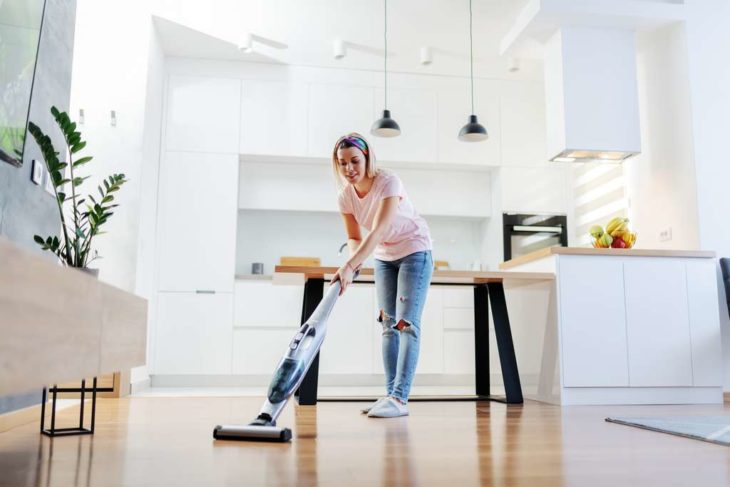
Source: Futura-Sciences
The process is quite straightforward. A vacuum cleaner unsettles allergy-causing particles on your hard floors, carpets, and upholstery, sucks them into its collection chamber, passes them through an air filter or more, and if the filters are not that great or the system is not properly sealed, the vacuum spews some of the particles back into the room letting them linger in the air for hours.
This is how the otherwise hidden allergens in your home, such as dust particles, dust mites, bacteria, pollen, and pet dander, become airborne for you and your loved ones to breathe in and even get an allergic reaction as a result. In many cases, allergy-prone people would be better off health-wise if they just refrained from using those health hazards they refer to as vacuum cleaners in their homes.
It is estimated that airborne particles that manage to escape a vacuum cleaner linger in the air for up to eight hours since the last vacuuming. This is why many professional cleaners use dust masks when vacuuming their clients’ premises or others need to take their histamines before turning on the vacuums.
How Can I Tell Whether My Vacuum Is a Health Hazard?
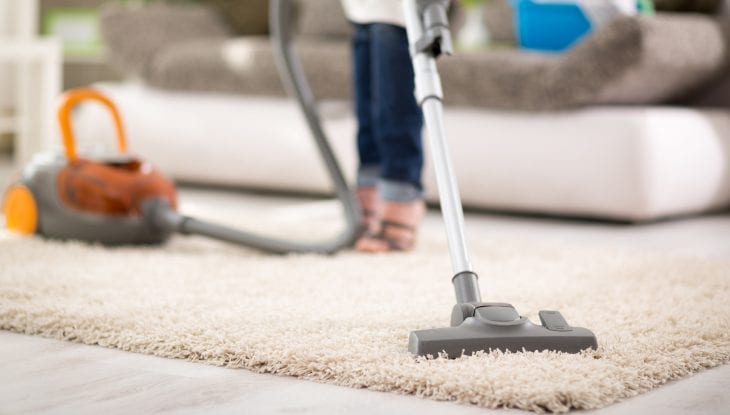
Source: hi4.co.uk
One surefire way to tell if your vacuum is a source of indoor air pollution is the smell. If the machine leaves behind a distinctive odor such as burning dust after it got the job done, it means that the unit has just sprayed back some of the dust, allergens, and bacteria that it was supposed to collect for you to later remove from your home. This smell is emitted even by vacuum cleaners fitted with HEPA filters.
So, don’t assume that a HEPA vacuum will retain 99.97% of particles down to 0.3 microns as these units are often advertised. Many cheap ‘HEPA’ vacuum cleaners can be as bad as old cloth-bag vacuums despite all the marketing claims.
Which Vacuum Cleaner Is Best?
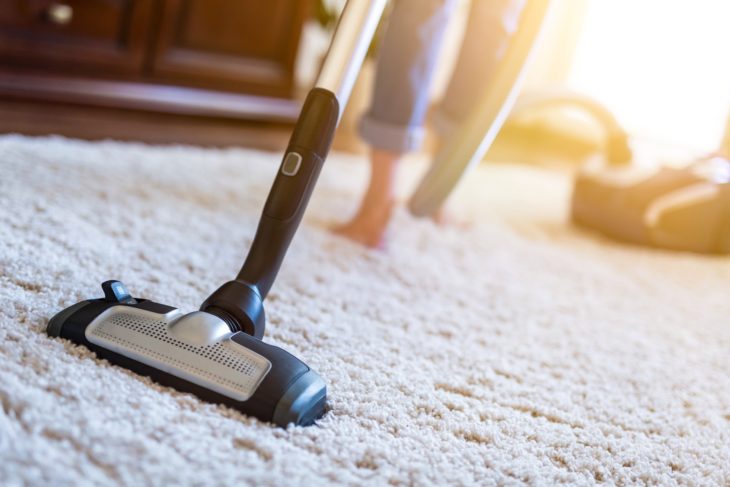
Source: Zelyon Magazine
If you are a regular person with no health issues caused by allergens or microscopic bugs in your house, you’ll be good to go with any type of vacuum cleaner as long as you make sure that there’s enough ventilation when you’re vacuuming the house.
But if you or your loved ones are allergy prone, get a quality HEPA vacuum cleaner with an allergy friendly certification. You can read more about why an allergy-friendly vacuum can be a game-changer in a household with allergy sufferers on specialized websites such as pickvacuumcleaner.com.
While the vacuum’s suction, HEPA filters, and even its attachments can play a huge role when it comes to keeping both your home and indoor air clean, the most important ones are the seals. A vacuum that can truly filter the air and get rid of the nasties needs to be a fully sealed system. It also needs to sport a HEPA motor filter and a HEPA motor exhaust filter, both sealed for maximum protection.
We’ve seen so-called ‘HEPA’ vacuum cleaners out there with just a sponge functioning as a motor exhaust filter. That’s not how you do it if you want to keep your home air clean and healthy. The good news is that, regardless of how bad a HEPA vacuum cleaner is, it is still safer than an old non-HEPA vacuum or the broom.
But if indoor air pollution is an issue you often lose sleep over, consider investing in a central unit. Central units’ motors and collection chambers are located outside your home, which means that the dust and bugs are vented outside, thus reducing the risk of allergies exponentially. Central units are also quieter than their standard counterparts.
More Tips to Improve Indoor Air Quality
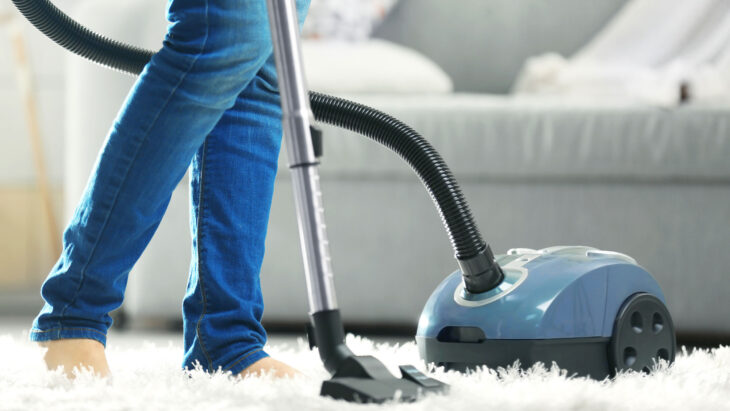
Source: philipbarron
When using a vacuum cleaner, it is important to do it the right way. Always open the windows and doors when you start vacuuming unless it is windy outside. Plenty of cross ventilation will take care of the airborne particles released back into the air by a less efficient vacuum cleaner. Let the windows open even after finishing vacuuming.
If you are an allergy sufferer or struggle with asthma, consider investing in a good air purifier. An air purifier can finish the job an iffy HEPA vacuum cleaner has failed to do. Some air purifiers can trap allergens as small as 0.1 microns. You need to do a lot of research and choose a unit that best benefits you and your family. A good starting point is the expert insights on similar online outlets that review air purifiers and vacuum cleaners for a living.
And our last but not least tip for allergy sufferers: get rid of the carpet! Carpets are also known as “dust sinks”. They attract dust like there’s no tomorrow and stubbornly keep it there. If you love too much that throw rug from your mom to toss away, at least make sure that you sanitize it once a week in really hot water to get rid of the nasty bugs.
